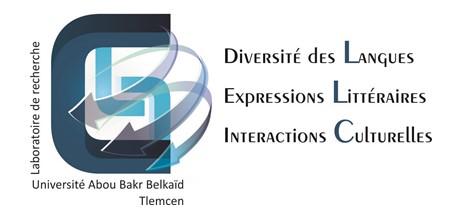The Ineluctable Verbal/Nonverbal Dichotomy in Social Interaction
DOI:
https://doi.org/10.46325/ellic.v4i1.53Keywords:
communication ; kinesics ; proxemics ; paradigm ; syntagm, communication, kinésique, proxémique, paradigme, syntagmeAbstract
Abstract
Conventionally, linguistic practice, social interaction in particular, and exchange of meaning between interlocutors entails systematic recourse to word and non-word communicative resources interdependently. The intersection of the vocal and gestural structures is a justifiably predominant sociolinguistic phenomenon in interaction, in terms of the actualization of communicative acts and meaning production. Along with this focus, this paper has endeavoured to review the bulk of communication and semiotics theories in their handling of the entrenched verbal/nonverbal dichotomy, mainly: the communicative system and configuration of signs paradigmatically and syntagmatically in the overall process of social interaction.
Résumé
D'un point de vue conventionnel, la pratique langagière, plus précisément l'interaction sociale, implique le recours systématique aux ressources communicatives verbales et non-verbales qui sont interdépendantes les unes des autres. En effet, l'intersection des structures vocales et gestuelles met en exergue des phénomènes sociolinguistiques prédominant dans la réalisation des actes de la communication et de la production du sens. Parallèlement, cet article tente de montrer, en général, l'importance des théories de la communication et de la sémiotique dans la compréhension de la dichotomie langagière verbale versus non-verbale et, en particulier, le système communicatif ainsi que la configuration des signes que ce soit au niveau paradigmatique ou syntagmatique du comportement langagière.








